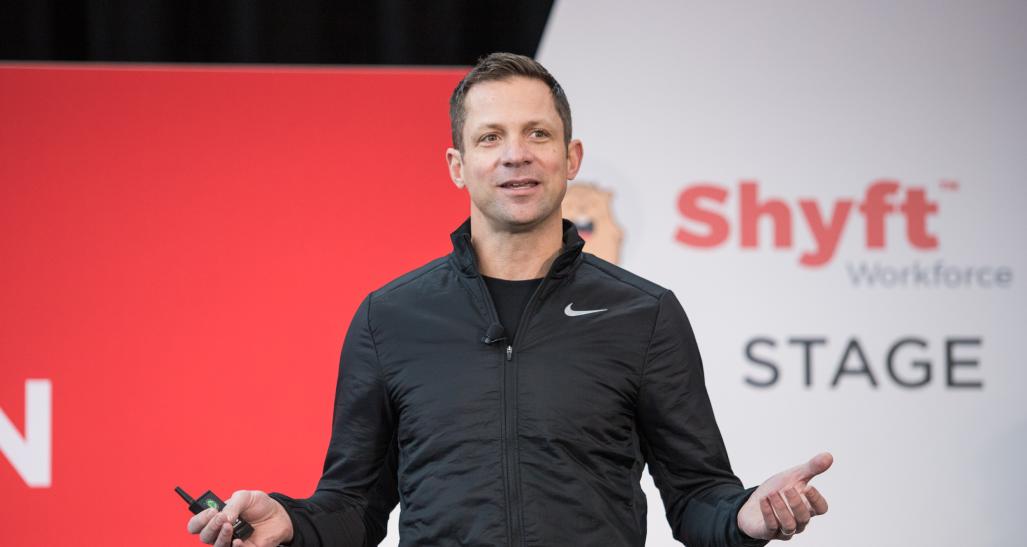
It is decidedly the age of platforms, with disruption in every industry, and nowhere is that felt more acutely than in retail. Strategic partnerships, however, turn that disruption on its head, with wins for the brand, the platform, the consumer — and perhaps even the environment.
Nike and Zalando are tackling problems such as availability of sizes, speed of delivery and sustainability.
So was the message of a session at NRF 2020 Vision: Retail’s Big Show. It featured Carsten Keller, vice president for direct-to-consumer with European online fashion platform Zalando SE, and Stuart Hogue, vice president of marketplace development with Nike. The session was moderated by Chris Field, CEO of Fieldworks Marketing.
Keller and Hogue were rapidly off to the races, speaking of the unique strengths each company brought to the relationship, and how, working together, they’re tackling problems such as availability of sizes, speed of delivery and sustainability.
Zalando, founded in 2008, has 29 million active customers across 17 markets — with 3.6 billion site visits over the last year. It saw more than 1 billion site visits in the third quarter of last year alone. It also partners with more than 2,000 brands. Zalando began as an online retailer of flip-flops and then shoes, and then eventually everything else related to fashion. But at the start, Keller said, when operations were based in a Berlin apartment, “nobody really believed in online retail.”
Zalando, however, enjoyed massive growth, valued at $6.8 billion at the time of its 2014 initial public offering. Then, in 2015, the company reinvented itself from a leading online fashion retailer into a platform. That required a split from being product-driven to being technology-driven, in addition to a significant increase in the number of developers involved.
Nike, meanwhile, was seeking opportunities of its own — including digital transformation. The company has a strategy it refers to as the “triple double”: doubling the pace of innovation, doubling the speed to market and doubling direct connections with consumers. That last segment, Hogue said, is an attempt to create “unbreakable” relationships with those consumers. “We know consumers want to have a relationship with our brand,” he said. And Nike also knows those relationships are drivers for the long-term.
Working with Zalando, then, was an opportunity to tick all the boxes in terms of partnership requirements: Among other things, it was decidedly in the path of the consumer. It was committed to elevating the customer experience. And it certainly represented an opportunity for new growth.
Digital in Europe, Hogue said, is a “huge growth opportunity for the company.” The challenge, however, is that it’s also a complex one. Keller noted that the market includes 750 million inhabitants across 44 countries, speaking 24 languages. Even more, there are some 300,000 bricks-and-mortar stores. Why not partner with someone who understood it well?
This spring, Zalando will begin same-day shipments from orders routed to, picked and packed in Nike stores in Berlin, delivered by courier. There are also advances around click-and-collect, “giving customers access to products in different ways,” Keller said, as well as the opportunity for providing in-store advice. Zalando was seeking solutions, he said, and was surprised to find many in bricks-and-mortar retail; the company’s connected retail model sees them as mini-fulfillment centers, building online and offline connections. There, too, is a sustainability component, with items ideally traveling shorter distances if not coming from a warehouse.
Incorporating each other’s strengths, Hogue said, “We believe we are setting a bit of a blueprint for how brands and platforms can partner together to create amazing experiences.”